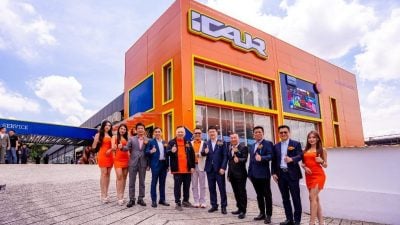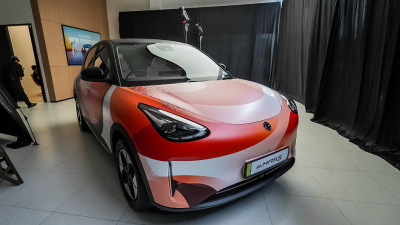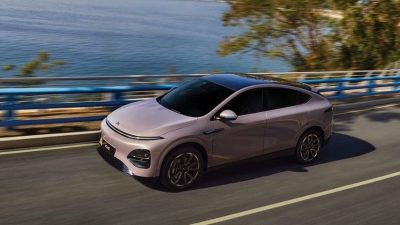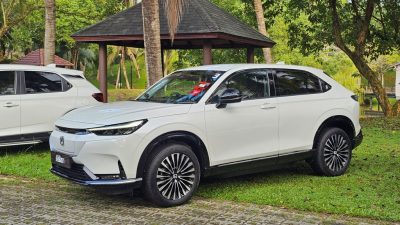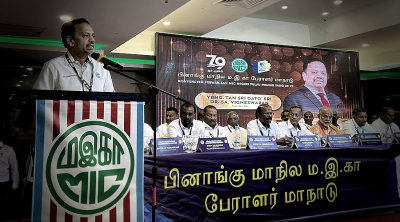
As the global push for sustainable transportation accelerates, an important question arises: Is Malaysia prepared for an electric vehicle (EV)-only future?
With rapid urbanization, a growing middle class, and increasing energy demands, Malaysia faces both unique challenges and opportunities in transitioning from traditional internal combustion engine vehicles (ICEVs) to EVs.
Governments worldwide recognize the need to mitigate climate change and reduce air pollution, placing EV adoption at the center of policy discussions.
However, for Malaysia, several key factors must be considered before an EV-only future can be realized.
Energy source for EV charging
EVs are often hailed as a means to reduce greenhouse gas emissions, but their true environmental impact depends on the electricity generation mix of a country.
In Malaysia, approximately 80 percent of electricity is generated from fossil fuels, primarily oil and gas, with renewables such as hydropower making up a smaller fraction.
In contrast, countries with the highest EV market shares per capita, such as Norway and Iceland, generate over 90 percent of their electricity from renewable sources.
While studies indicate that EVs generally produce lower emissions than ICEVs even when powered by non-renewable energy, the case in Malaysia is less straightforward.
Latest estimation suggests that due to the high carbon footprint associated with battery manufacturing and the fossil-fuel-heavy electricity mix, EVs in Malaysia emit over 4,000 kg more carbon dioxide equivalent than ICEVs over a 10-year lifecycle (see Figure 1).
Some may argue that since EV batteries are not manufactured locally, their high carbon emissions should not be factored into Malaysia’s carbon balance accounting.
However, this perspective is not entirely accurate. If Malaysia is serious about its net-zero transition, the country must actively prevent carbon leakage, ensuring that its commitments lead to real emission reductions rather than merely shifting pollution to other regions.
This highlights the need for a cleaner energy grid to fully realize the benefits of EV adoption.
If Malaysia remains heavily reliant on non-renewable energy for electricity generation, EVs may fail to significantly reduce carbon emissions.
In fact, the environmental impact could be even greater, especially given that a comprehensive battery waste management system has yet to be established in the country.
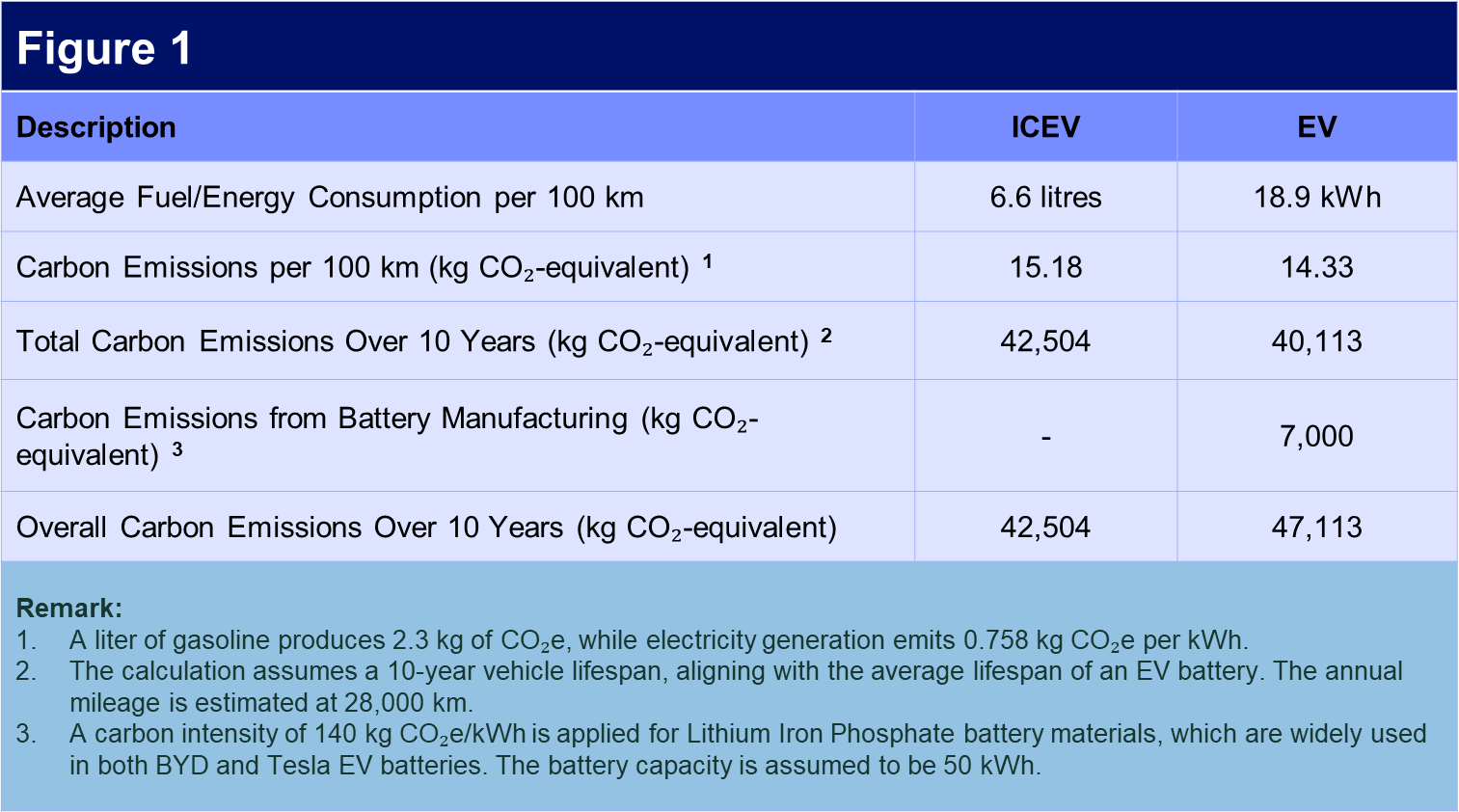
Charging infrastructure
A successful transition to an EV-only future requires a robust charging infrastructure, an area where Malaysia faces significant challenges.
As of 2025, developed nations like Norway and Denmark have approximately 44 and 65 charging stations per 100,000 people, respectively.
In comparison, Malaysia lags far behind, with fewer than 10 charging points per 100,000 residents—a number insufficient to encourage mass EV adoption. Moreover, charging stations are unevenly distributed.
The majority of charging facilities are concentrated along Malaysia’s West Coast, particularly in urban centers, while the East Coast and East Malaysia account for less than 10 percent of the country’s charging bays despite housing over 30 percent of the population.
Even with Malaysia’s ambitious goal of establishing 10,000 EV charging bays by 2025, projections indicate that less than 20 percent of these will be located in the East Coast and East Malaysia.
The situation worsens during festive seasons, as large numbers of urban professionals and workers travel back to the East Coast, further straining the limited infrastructure.
So, without a more evenly spread and robust charging network, can Malaysia really make the jump?
Affordability of EVs
The cost of EVs in Malaysia remains a significant barrier to widespread adoption, particularly when compared to more developed markets like the United States.
Affordability can be assessed using the Car Affordability Ratio (CAR), which divides the car price by a country’s gross national income per capita. A lower ratio indicates greater affordability.
A comparison of two popular EV models in Malaysia highlights this challenge.
The BYD Atto 3, for instance, has a CAR of approximately 0.87 in Malaysia, slightly lower than China’s 0.91.
In contrast, the Tesla Model 3 has a significantly higher ratio of 1.48 in Malaysia compared to just 0.54 in the United States.
This comparison highlights that EVs remain disproportionately expensive relative to income levels in Malaysia.
Without targeted policies and incentives to reduce capital costs, achieving an EV-only future will be difficult.
However, the introduction of government subsidies raises concerns over equitable distribution—will all taxpayers benefit equally from such incentives?
A holistic approach to sustainable transportation
While EVs present significant benefits in reducing greenhouse gas emissions and decreasing reliance on fossil fuels, Malaysia faces considerable challenges in transitioning to an EV-only future.
Limited charging infrastructure, high EV costs, and a continued dependence on fossil-fuel-based electricity generation hinder widespread adoption.
To overcome these challenges, Malaysia could adopt a more diversified approach by incorporating alternative energy solutions alongside EVs.
For instance, Malaysia’s abundant agricultural biomass presents an opportunity for second-generation ethanol production.
Studies have shown that second-generation ethanol can reduce carbon emissions by at least 80 percent compared to conventional fossil fuels.
Although the relatively high cost of ethanol may be perceived as a barrier, strategic policy measures can help facilitate its adoption.
Currently, the Malaysian government heavily subsidizes RON 95 gasoline, making fossil fuels more accessible.
A similar approach—subsidizing ethanol at the initial stage—could incentivize widespread ethanol-gasoline blending.
Additionally, instead of offering direct subsidies for EV purchases, the government could redirect these incentives to support ethanol adoption, benefiting a broader segment of the population.
A one-size-fits-all approach to sustainable transportation may not be practical for Malaysia.
While EVs play a crucial role, they cannot be the sole solution for sustainable mobility.
A diversified strategy—balancing EV adoption with biofuels—will allow Malaysia to navigate the complexities of sustainable mobility while ensuring economic feasibility and energy security for the nation.
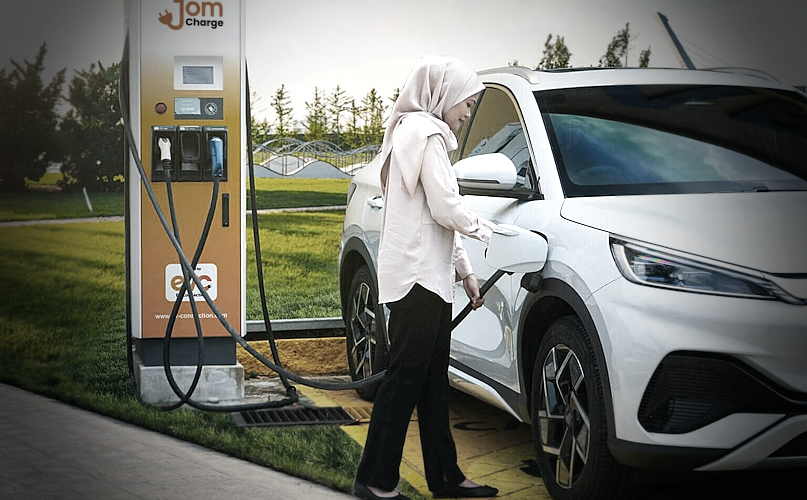
(EUR ING Hong Wai Onn, a Chartered Engineer and Chartered Environmentalist, is a Fellow of the Institution of Chemical Engineers and the Royal Society of Chemistry. He is also the founder of the Research Institute for Sustainable Excellence and Leadership. Twitter; LinkedIn.)
ADVERTISEMENT
ADVERTISEMENT






